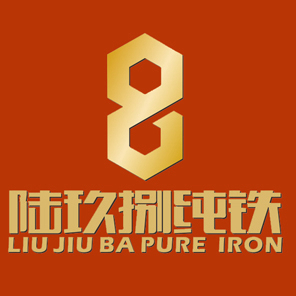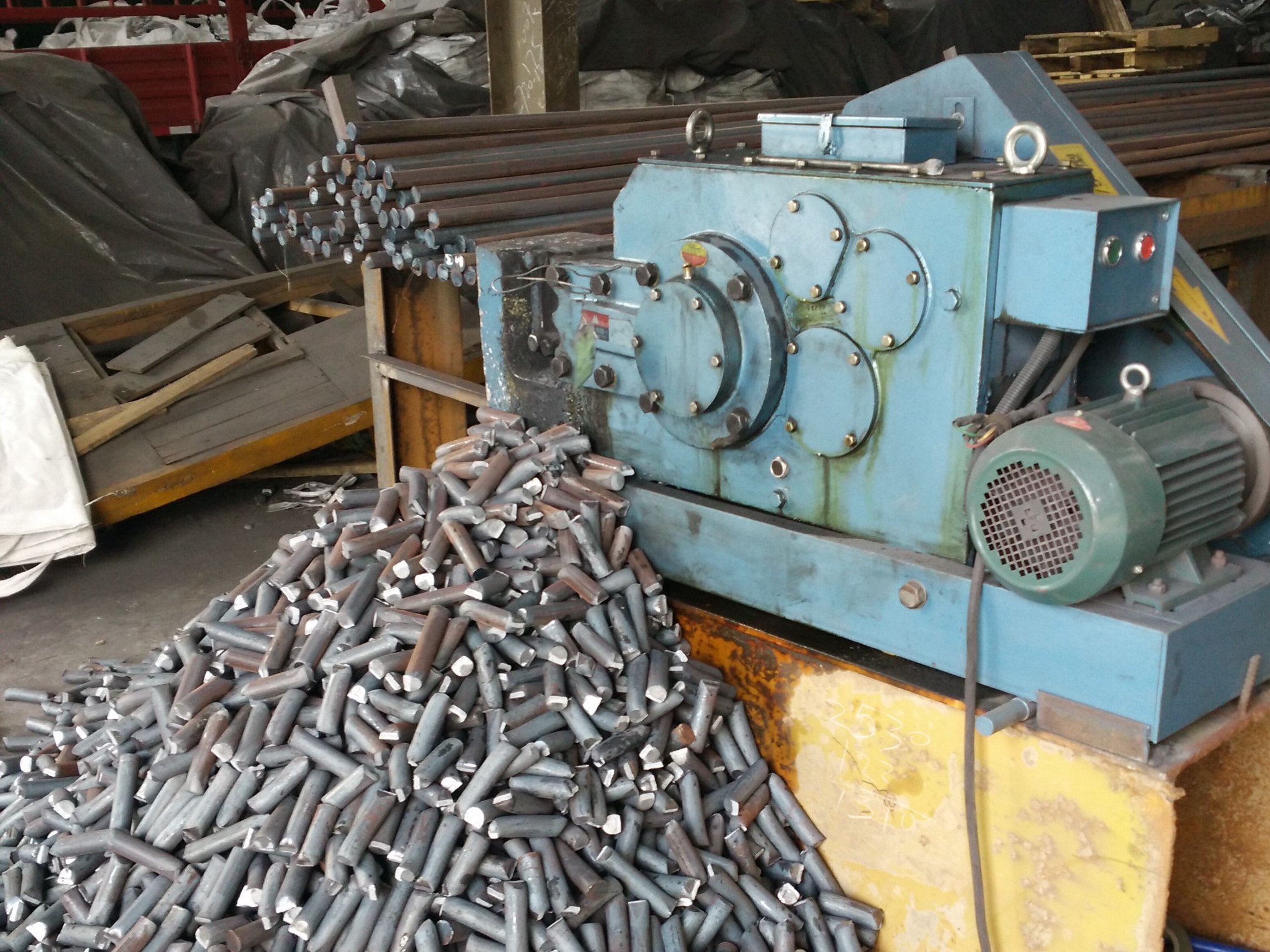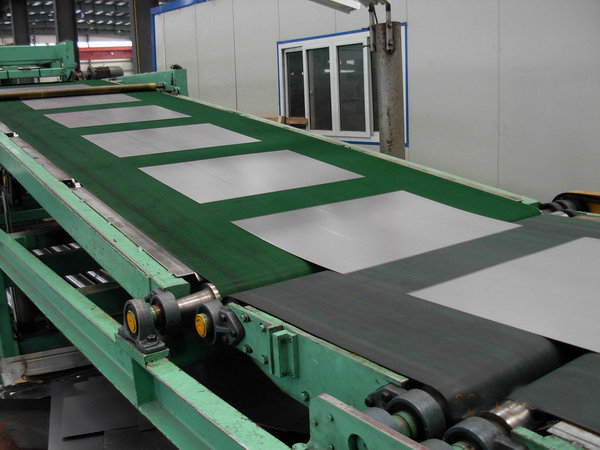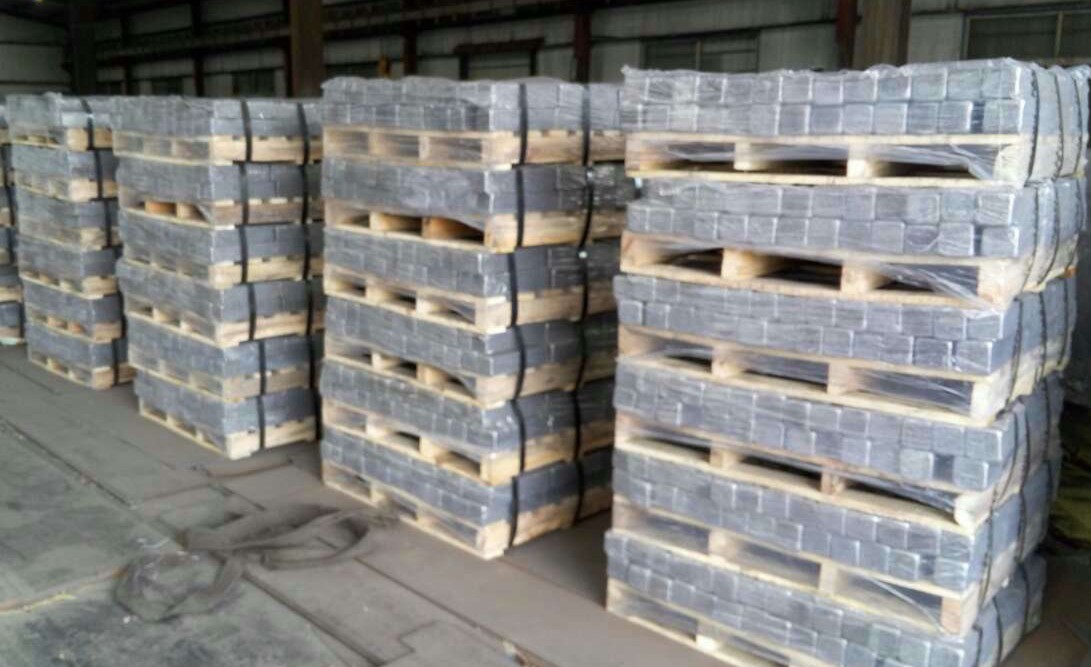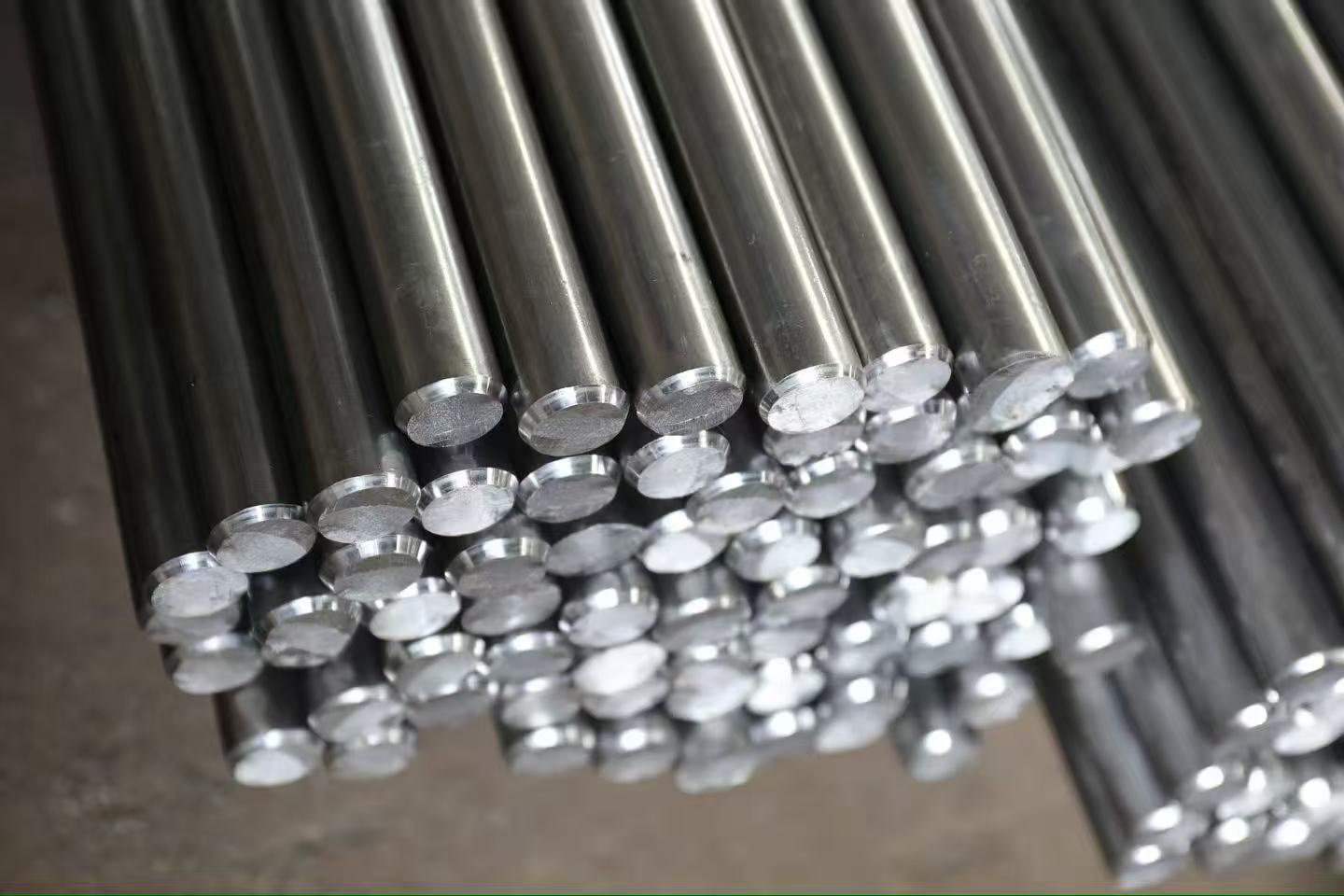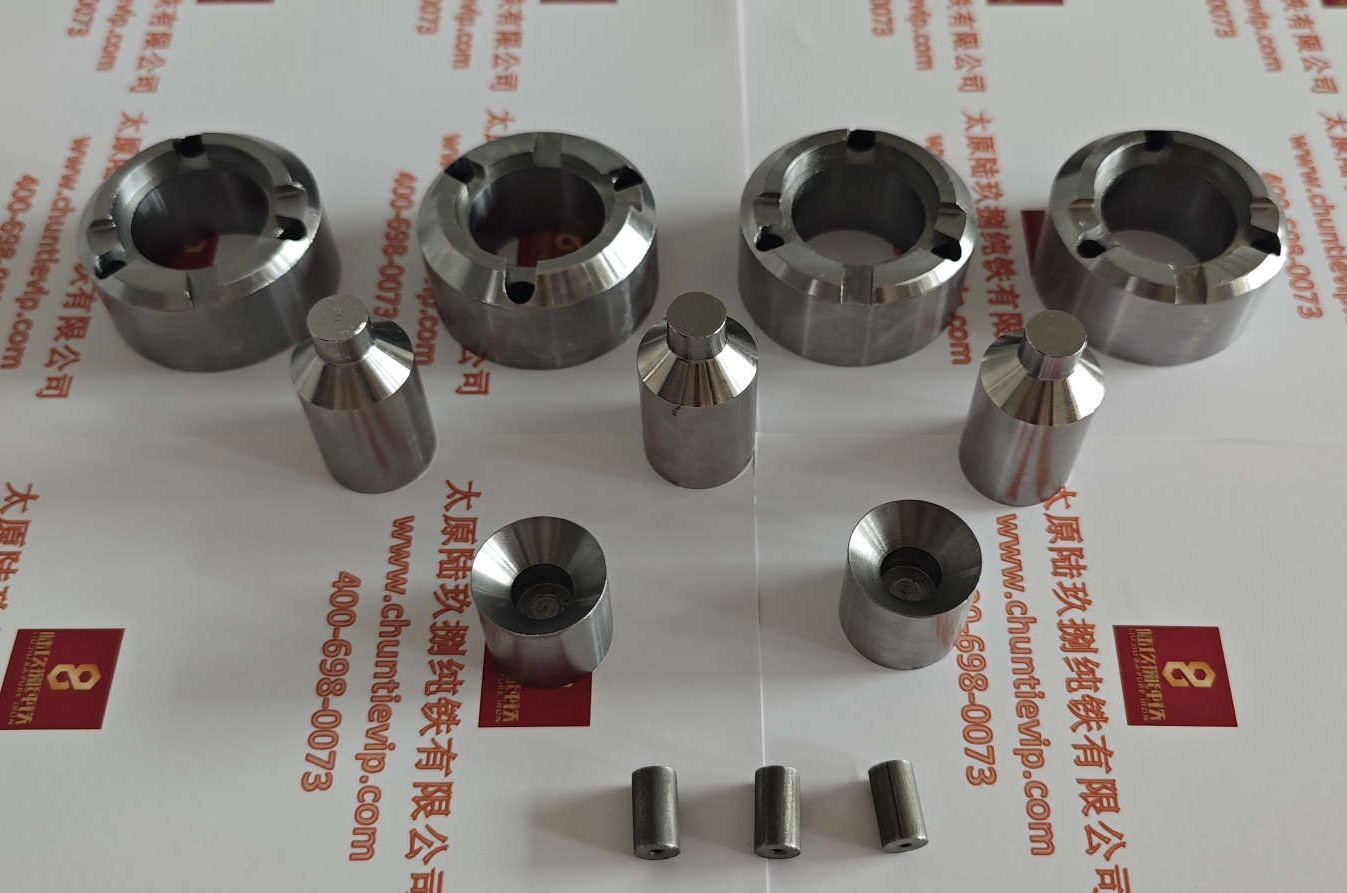Accurate Quotation, Efficient Cooperation – A Guide to Key Parameters for Pure Iron Material Procurement
Clarify Requirement Details, Optimize Cost and Delivery, Facilitating Win-Win Outcomes for Both Suppliers and Customers
This article details the key parameters and requirements that users need to provide when purchasing pure iron materials, including material properties, intended use, processing methods, dimensional tolerances, quantity, packaging, and address information. By standardizing the inquiry process, users can avoid material misselection, cost fluctuations, or delivery delays caused by incomplete information, thereby improving procurement efficiency and ensuring project success.
In industrial material procurement, pure iron is widely used in electronics, electric power, metallurgy, and precision manufacturing due to its excellent magnetic properties and high purity. However, many users fail to provide sufficient key parameters during the inquiry stage, leading to increased communication costs between supply and demand parties and even impacting subsequent production and delivery. To address this, we have compiled a "Pure Iron Ordering Guide" to help users clarify their needs and achieve efficient, accurate procurement cooperation.
I. Material Requirements: The Foundation of Scientific Material Selection
The performance of pure iron materials is closely related to their grade, chemical composition, and physical characteristics. Users need to specify the following information:
1.Grade and Material: For example, specify whether DT4, DT4A, or DT4C grade is required, as different grades have significant differences in magnetic and mechanical properties. If there are special requirements for magnetic induction intensity, coercivity, etc., specific value ranges should be provided.
2.Chemical Composition: If there are strict limits on elements such as Aluminum, Phosphorus, Sulfur, or Manganese, provide the upper or lower limits. For instance, Aluminum content needs to be below 0.01% or the total Phosphorus and Sulfur content should not exceed 0.025%.
3.Key Performance Focus: Should the material prioritize magnetic properties (e.g., for electromagnetic components) or purity and impurity control (e.g., for melting additives)?
Specifying these parameters helps suppliers accurately recommend materials that meet requirements, avoiding quality issues caused by grade confusion or performance mismatch.
II. Intended Use and Processing Methods: The Key to Matching Application Scenarios
The material's intended use directly determines its process design. Users need to specify in detail:
1.Application Scenario: For example, whether the material is for machined parts, raw material for furnace melting, or conductors in electrolytic cells. Different scenarios have varying requirements for material hardness, purity, and corrosion resistance.
2.Processing Technology: If stamping is required, indicate whether it is deep drawing (e.g., drawing ratio ≥ 2). If bending is required, provide the angle range (e.g., 90°±5°) or elongation requirements. If machining is involved, specify specific methods like turning or milling.
3.Post-Processing: Whether secondary processing such as heat treatment or plating is involved, as these factors may influence the initial state selection of the material.
By clarifying the intended use and processing methods, suppliers can optimize the material condition (e.g., hard or soft state) accordingly, improve yield rates, and reduce losses.
III. Specifications and Tolerances: The Core of Fine Management
Specifications and tolerances directly affect material utilization and cost calculation. Users should provide:
1.Net Dimensions and Tolerances: For example, sheet thickness of 2.0mm with a permissible tolerance of ±0.05mm; the upper and lower limits for round steel diameter need to be specified.
2.Single Piece Weight Range: For example, the weight of each ingot needs to be controlled between 5-10kg to avoid overloading processing equipment.
3.Total Quantity and Sub-requirements: Total purchase weight (e.g., 10 tons), weight per packaging unit (e.g., 1 ton/bundle), and the maximum weight limit per package (e.g., not exceeding 2 tons).
This data helps suppliers optimize cutting plans, reduce scrap waste, and accurately calculate processing costs.
IV. Packaging and Transportation: Ensuring Delivery Efficiency
Packaging and logistics requirements are often overlooked but directly impact cost and delivery time:
1.Packaging Marking: Whether original manufacturer identification is prohibited (e.g., distributors need to hide brand information).
2.Loading/Unloading Methods: Whether pallets (e.g., Euro pallet 1200mm×800mm) or lifting lug designs are needed; for railway transport, specify the load-bearing limit per unit area (e.g., ≤ 3 tons/m²).
3.Export Requirements: For exports, specify whether fumigation certificates or non-fumigated pallets are required to avoid customs clearance delays.
Standardizing packaging requirements can significantly reduce cargo damage risks and avoid additional charges arising from last-minute changes.
V. Address Information: The Prerequisite for Accurate Logistics
Users need to provide the delivery address at least down to the district/county level (e.g., "Wuzhong District, Suzhou City, Jiangsu Province"). Providing the exact address is even better. This allows suppliers to calculate freight based on real-time logistics data and plan the optimal delivery route.
Conclusion
Procuring pure iron materials is a systematic project involving multi-dimensional coordination of technology, cost, and logistics. By standardizing inquiry parameters, users not only obtain more accurate quotations but also avoid disputes and changes after contract signing. We urge customers to provide complete information when inquiring, working together to build a transparent and efficient cooperative ecosystem.
If you have pure iron material procurement needs, please feel free to contact our sales team. We will provide customized solutions based on your specific parameters!
